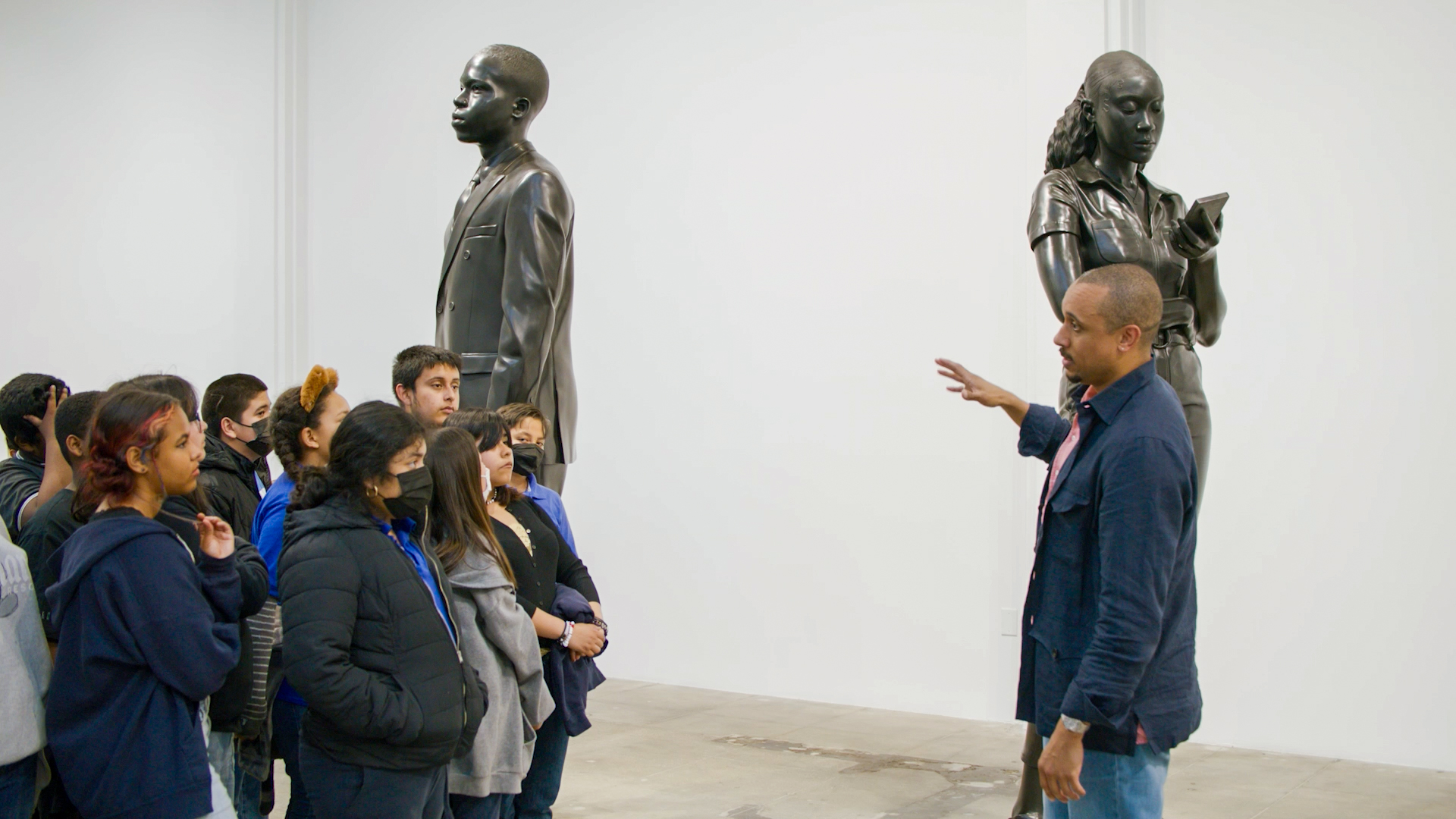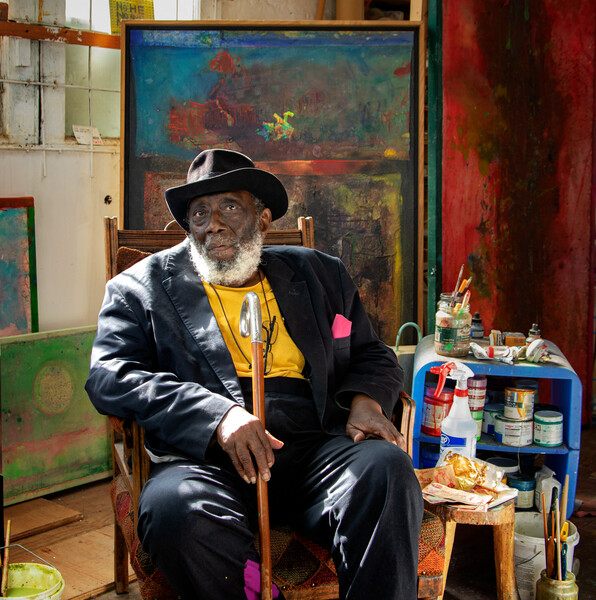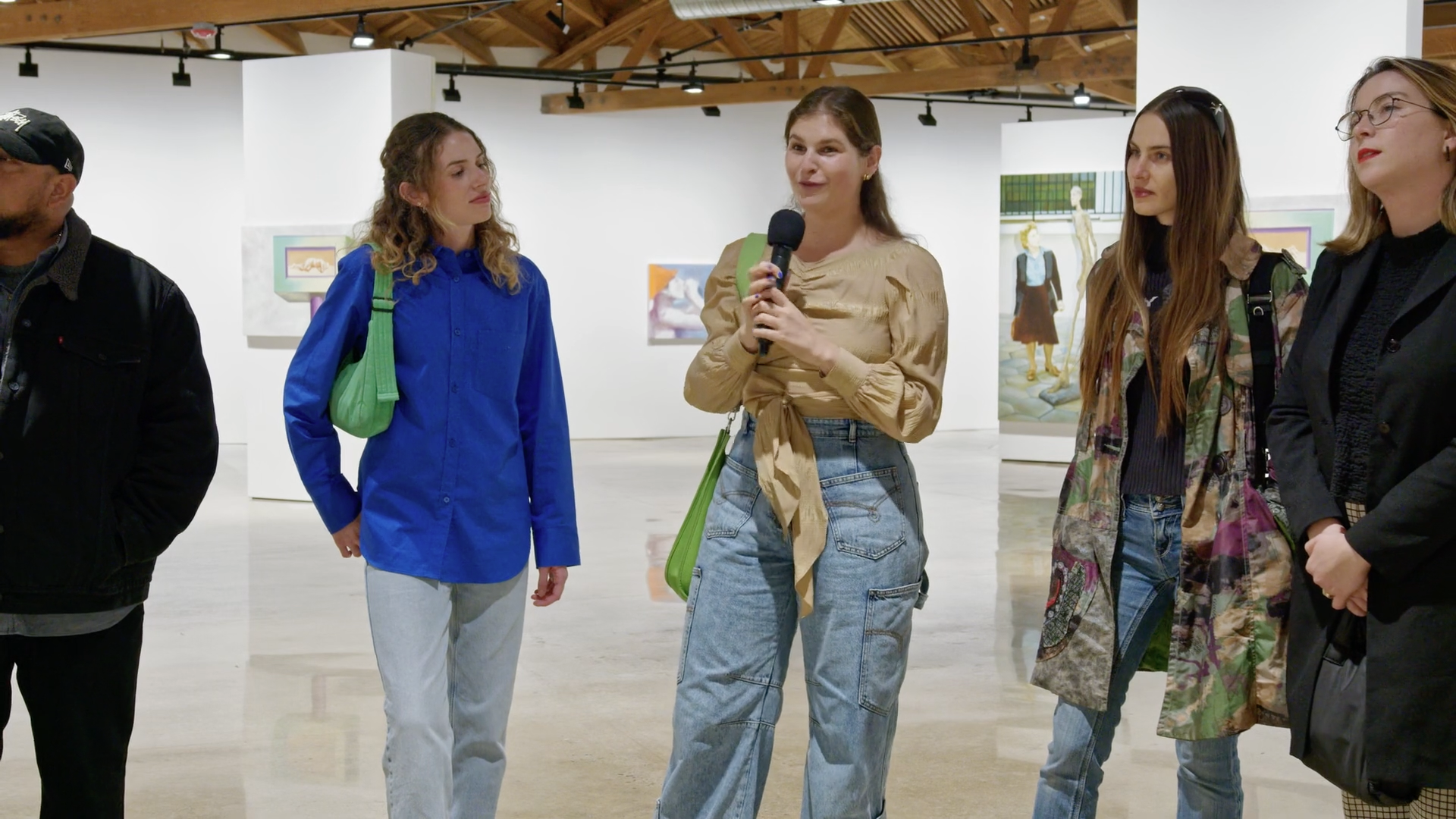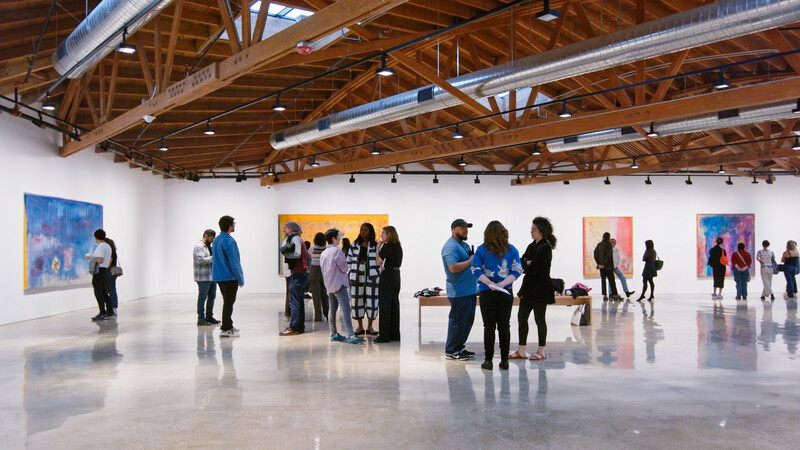
Louise Bourgeois, Untitled, 1963. Photo: Christopher Burke. All images ©️ The Easton Foundation/VAGA at ARS, NY.
Join our popular Family Saturdays from the comfort of home with a new series of creative, hands-on activities to enjoy together with your children. These are aimed at 6+ but can be easily adapted and guided for younger children. For this session, focus on a room at home where you spend most of your time.


Louise Bourgeois used the spider as a metaphor for the mother
About Louise Bourgeois
‘Drawings are thought feathers, they are ideas that I seize in mid-flight and put down on paper.’ – Louise Bourgeois Louise Bourgeois is best known for making artwork that is highly personal. She employed a wide variety of working methods and materials in her work, working across the disciplines of drawing, printmaking, painting, sculpture and was an early champion of installation art. Louise Joséphine Bourgeois was born in Paris on Christmas Day in 1911. She was one of three children; their parents ran a tapestry restoration studio and a tapestry gallery in Paris.
As a child she often helped with the family business, and by the time she was 12 years old, she was drawing the missing fragments of damaged tapestries so that they could be repaired and rewoven; she later said she became an expert at drawing feet. Despite her active career, Louise Bourgeois suffered with depression and high anxiety. She looked to psychoanalysis to help her deal with her emotions and often took to drawing when she could not sleep. All of her artwork relates to her life, particularly her experience of childhood traumas, femininity and her relationships with other people. In 2000 when Tate Modern first opened, Louise Bourgeois was awarded the very first commission for the Turbine Hall; she made ‘Maman’ (1999), a huge sculpture of a spider constructed from steel and marble, and three steel towers with the titles ‘I Do’, ‘I Undo’ and ‘I Redo’ (1999).
Find out more about Louise Bourgeois here.


You will need:
Paper
Coloured pencils or pens
Sticks
String or wool
Activity 1: Write a poem
Look around the room and complete these sentences: I can hear … (add one word) I can smell … (add two words) I can see … (add three words) I can taste … (add four words) I can touch … (add five words) Give your poem a title.

Louise Bourgeois, Untitled, c.1970

An example of Activity 1, create your own poem
Activity 2: Play consequences
Invite one or more people to your room. Take pieces of paper and fold in half lengthwise and cut along the fold to provide each player with a long strip of paper. Each person should fold their paper four times, then flatten out.
Draw a head of a made-up creature from your dreams (human, animal or fantastical!) in the first quarter, leaving a little bit of neck sticking down into the next quarter. Use lots of colour and detail to make your drawings.
Fold over this first quarter so the drawing is covered but the neck is left showing.
Pass the pieces of paper around to the next person who then adds a body and arms (or wings!) in the second quarter, then draws the tops of the legs down into the next quarter. Fold the paper so the rest of the drawing is hidden.
Pass the pieces of paper on again and this time legs (but not feet) are drawn in. Fold and pass on again and finish with the feet in the last quarter.
Fold the whole thing up one last time and pass it along. Each player can unfold one to discover the most fantastic creature!
Consequences with stories
Take pieces of paper and fold in half lengthwise and cut along the fold to provide each player with a long strip of paper. Each person should fold their paper four times, then flatten it out again.
The first person starts by writing the first line of a story on the first section of the paper and then folds it back so the second person can’t see what's written.
Take it in turns to write the next part of the story:
You can follow a structure like this:
An adjective and the name Louise
An adjective and another name
Where they met
What she said to the other person
What they said to her
What happened next
What the consequence was
What the world said!

Activity 2, play consequences and make a fantastic creature!

Activity 3
‘The colour blue - that is my colour - and the colour blue means you have left the drabness of day-to-day reality to be transported into-not a world of fantasy, it's not a world of fantasy - but a world of freedom where you can say what you like and what you don't like. This has been expressed forever by the colour blue, which is really sky blue’ – Louise Bourgeois
Make a Louise Bourgeois-inspired drawing
Think about the room you spend a lot of time in at home. Take a blue and red pen or pencil, and some paper, and begin drawing your room. Think about how you make each mark, create pattern and show texture.
How can you make your drawing interesting using only two colours?
How would you change it into a Louise Bourgeois type of drawing?
Which doors and windows would you block, move or change?
How would you draw the walls?
Will your drawing contain a special object that you have had since you were little?
Which objects would you keep that are already there?
What is the title of your new room?
Activity 4: Make a spider
Louise Bourgeois used the spider as a metaphor for the mother.
How do spiders make you feel? Do they remind you of anyone?
Do they make you feel afraid or are they your friend?
Make a home for your spider too, with sticks, string and wool. See here for inspiration.
We would love to see what you create!
Can you photograph your artwork or ask someone to help you? Here are two easy ways to share your artwork with us:
Tag us on social media using @hauserwirthsomerset (Instagram) or @HWSomerset (Facebook) and use the hashtags #FamilySaturday #HWLearn
For more activities related to home visit:
Tate Gallery: Who is Louise Bourgeois? James Dyson Foundation: Design Challenge Cards MoMa: Ideas for Drawing at Home –
Family Saturdays have been a popular monthly event at Hauser & Wirth Somerset and Hauser & Wirth Los Angeles. As we embark on our new shared reality, our education team will continue to create activities connected to our exhibitions and artists – encouraging practical hands-on tasks and imaginative narratives to enjoy together as a family.
Resources
1 / 8









